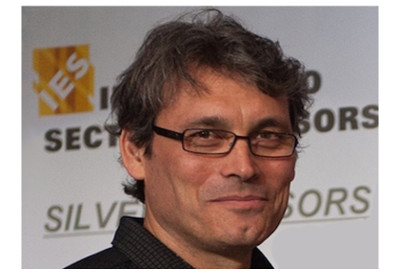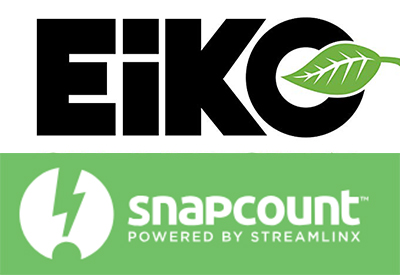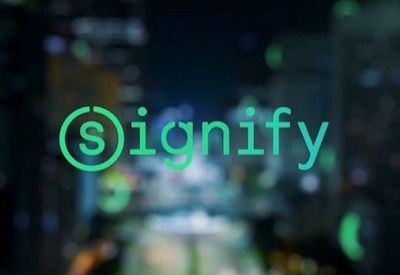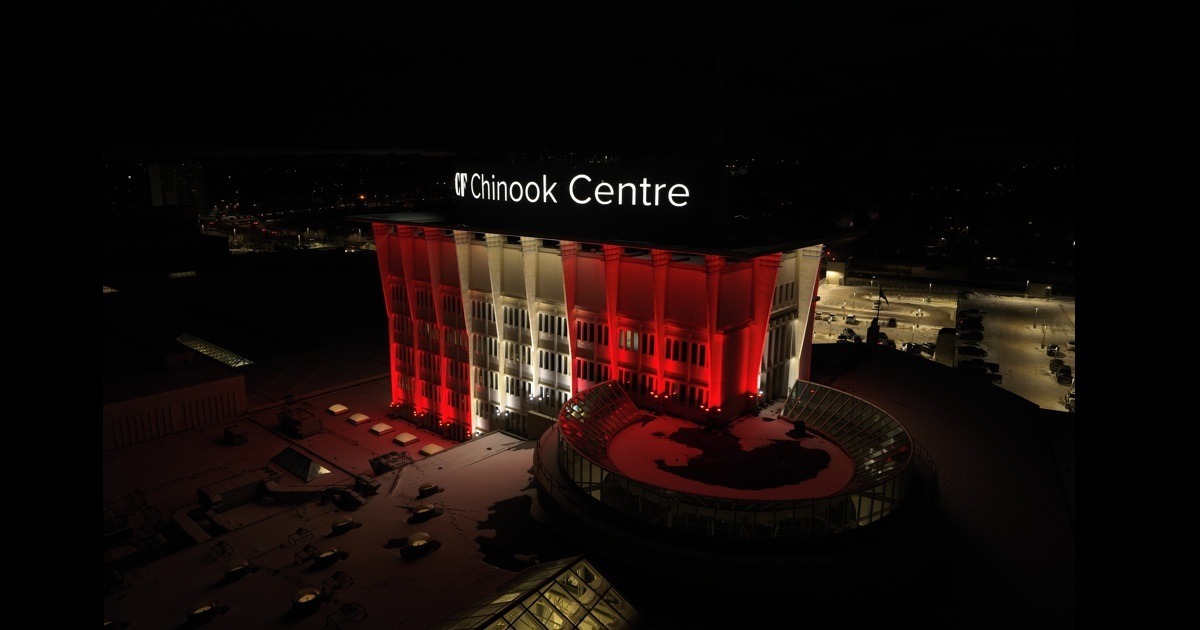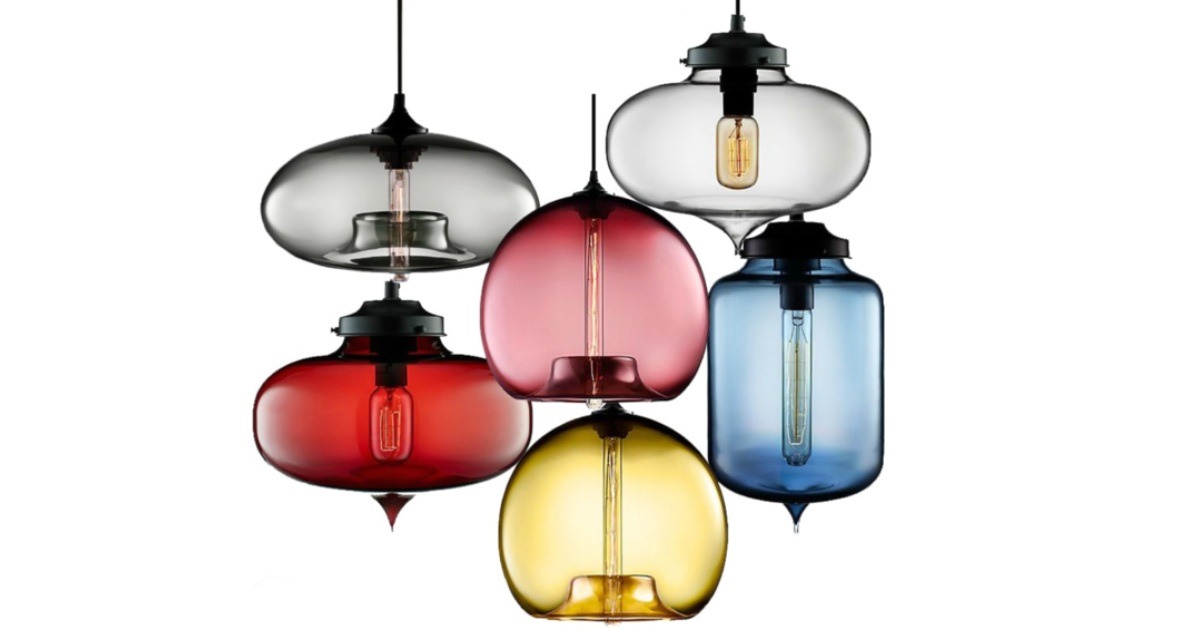New Lighting Design Guideline for Circadian Health
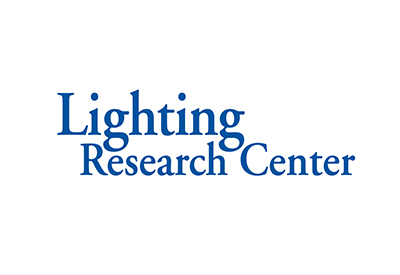
Feb 11, 2020
Circadian disruption, leading to a wide range of problems for health and wellbeing, is common today because many of us are not exposed to a regular, 24-hour pattern of bright light during the day and dim light at night. The modern built environment minimizes the luminous contrast between day and night. Daytime light exposures are significantly lower and nighttime light exposures are potentially higher than those under which we evolved, i.e., sunlight during the day and firelight at night.
The overarching goal of the recently published design guideline for promoting circadian entrainment with light for day-active people [DG 24480] is to provide daytime levels of illumination in buildings that help people return to the more natural pattern of bright days and dim nights. Although the focus of the document is on daytime light exposures for people who are normally day-active and night-inactive, advice is also given to keep nighttime light levels low, including those from self-luminous displays.
The document provides empirical evidence from a number of field experiments demonstrating that exposures to bright light during the day improve sleep quality at night and reduce sleepiness during the day. Because circadian-effective light is different than visually-effective light, the document also provides a calculation method for achieving levels of illumination during the day that are bright enough to support circadian entrainment. Since there are a number of ways to calculate circadian-effective light, a procedure to compare calculation methods is also provided in the document.
The Collaborative Standards Development System (CSDS) was used to develop DG 24480. A balanced task group representing a wide range of stakeholders, from scientists, to manufacturers, to consultants to program managers, volunteered to serve. Two rounds of public comments were conducted and UL published replies to every comment. That public process, providing wide and diverse input, significantly improved the final published document.
The members of the task group include:
- Chris Brown, Lighting Consultant
- Lei Deng, GE Current, a Daintree company
- Mariana Figueiro, Rensselaer Polytechnic Institute
- Alan Lewis, Optometry Consultant
- Adam Lilien, Underwriters Laboratories
- Terry McGowan, American Lighting Association
- Satchidananda Panda, Salk Institute
- Govi Rao, Carbon Group Global
- Mark Rea, Rensselaer Polytechnic Institute (chair)
- Christopher Steele, U.S. Navy
- Bryan Steverson, U.S. General Services Administration
- Amy Walker, Underwriters Laboratories
- Karen Willis, National Electrical Manufacturers Association
- Edward Yandek, Lighting Consultant
Developed for public benefit, DG 24480 is a significant first step, providing the foundation for lighting innovations and practices that serve the public better than is common today.
Task group chair Dr. Mark Rea will discuss DG 24480 at Strategies in Light on Wednesday, February 12, from 1:30 PM – 3:00 PM. Go HERE for more information on Strategies in Light.


